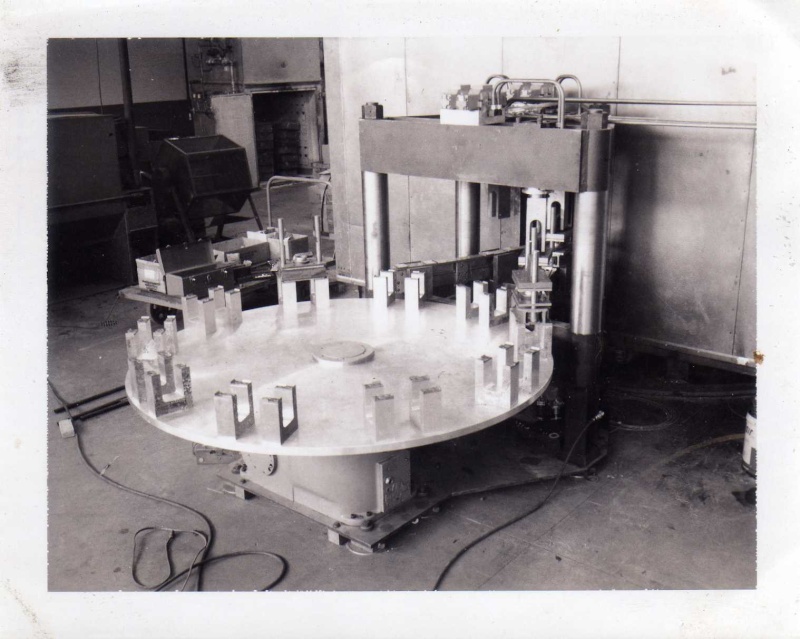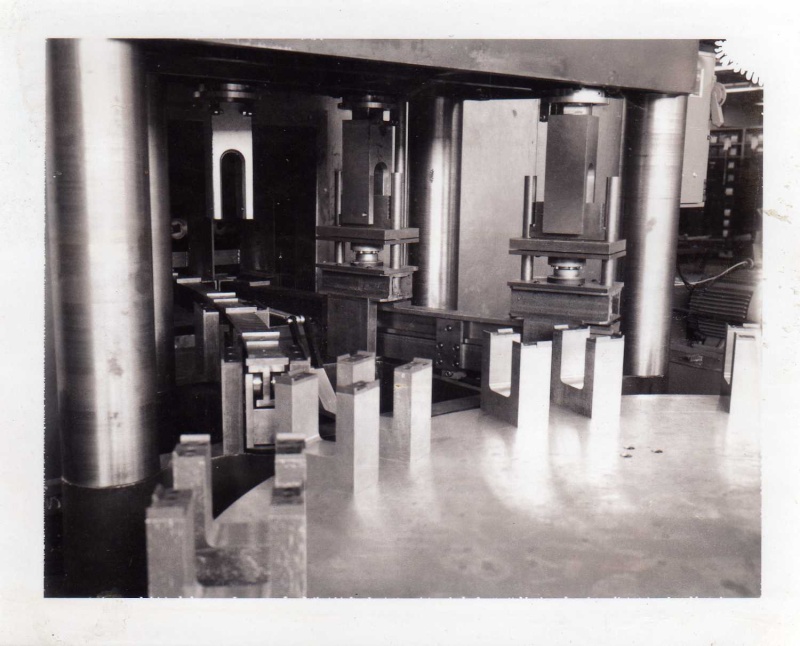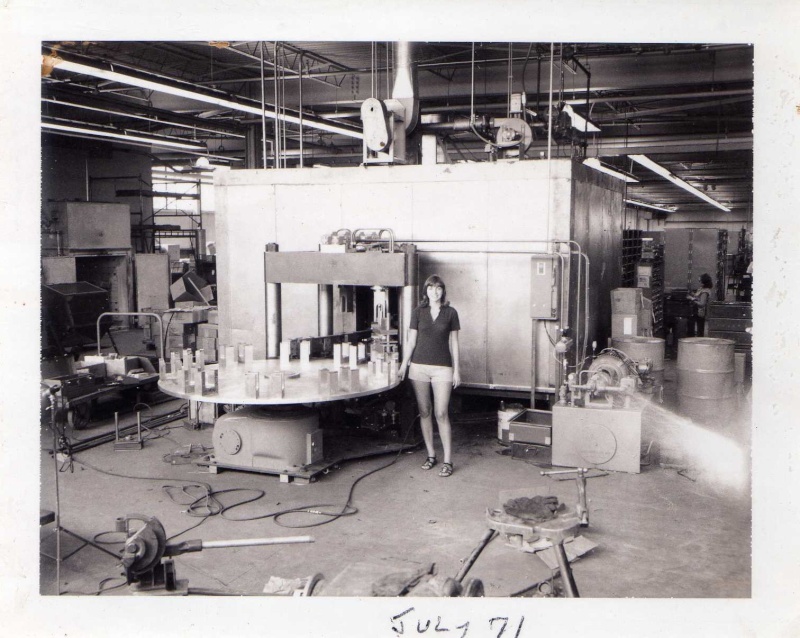I've been reading this forum for a while now, but decided to sign up. I can learn a lot from each of you and maybe I could even contribute some day...
I've been reading a lot about threading and especially about what can go wrong. Which made me wonder:
I always thread towards the spindle on my lathe, and keep a close look and quickly retract the tool when it approaches the end of the thread (I usually use the parting tool to make a relief where the thread should end).
But I'm curious to what will happen if the tool crashes in the workpiece. Speaking for itself, I'm not going to try it out but certainly someone here unfortunately will have the experience? Is the tool going to break, the workpiece, a changegear, or...?
I understand not every lathe is the same so this will differ, but any experience would help. Maybe I should start threading from the spindle back to the tailstock..
I've been reading a lot about threading and especially about what can go wrong. Which made me wonder:
I always thread towards the spindle on my lathe, and keep a close look and quickly retract the tool when it approaches the end of the thread (I usually use the parting tool to make a relief where the thread should end).
But I'm curious to what will happen if the tool crashes in the workpiece. Speaking for itself, I'm not going to try it out but certainly someone here unfortunately will have the experience? Is the tool going to break, the workpiece, a changegear, or...?
I understand not every lathe is the same so this will differ, but any experience would help. Maybe I should start threading from the spindle back to the tailstock..








